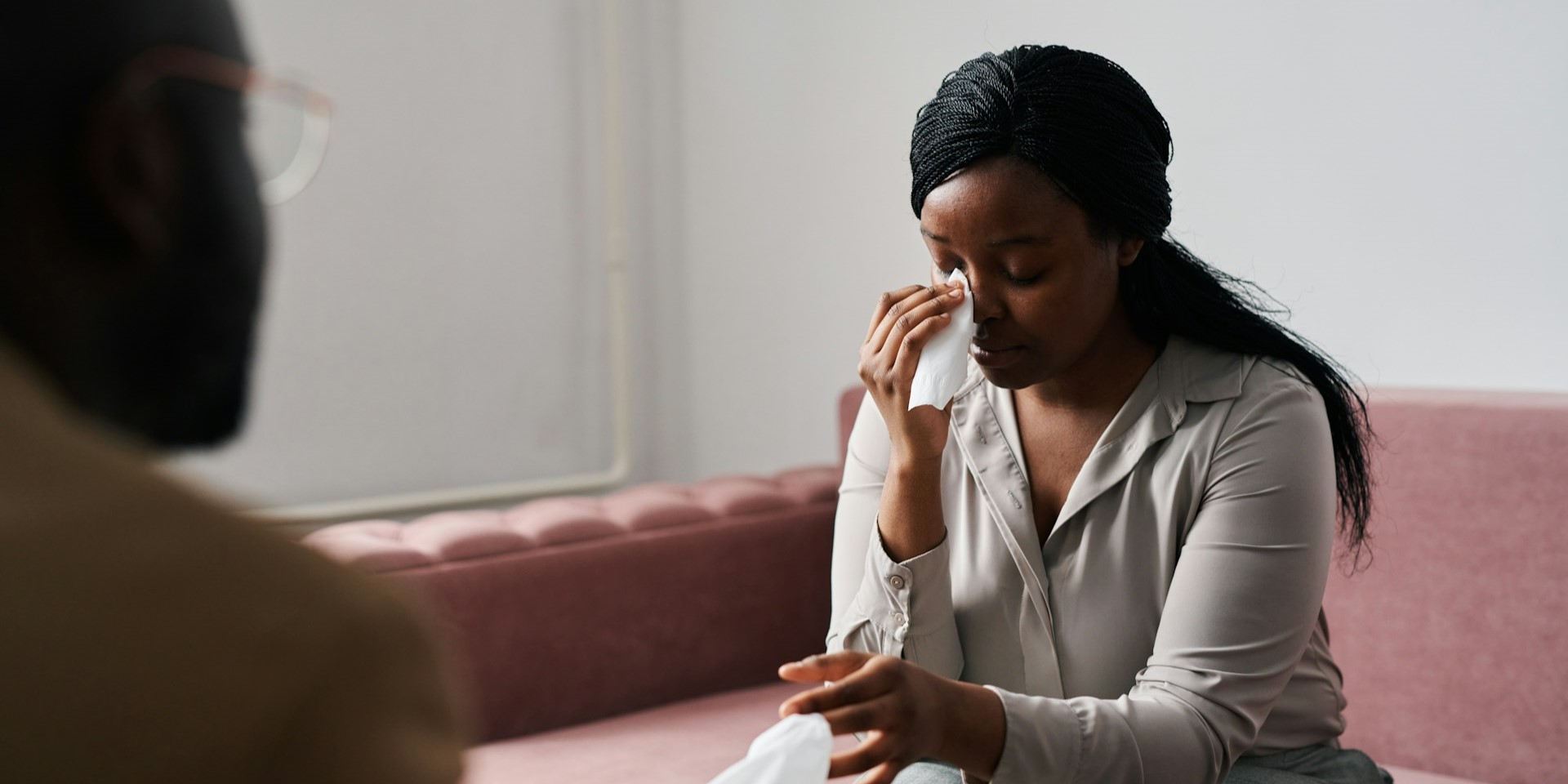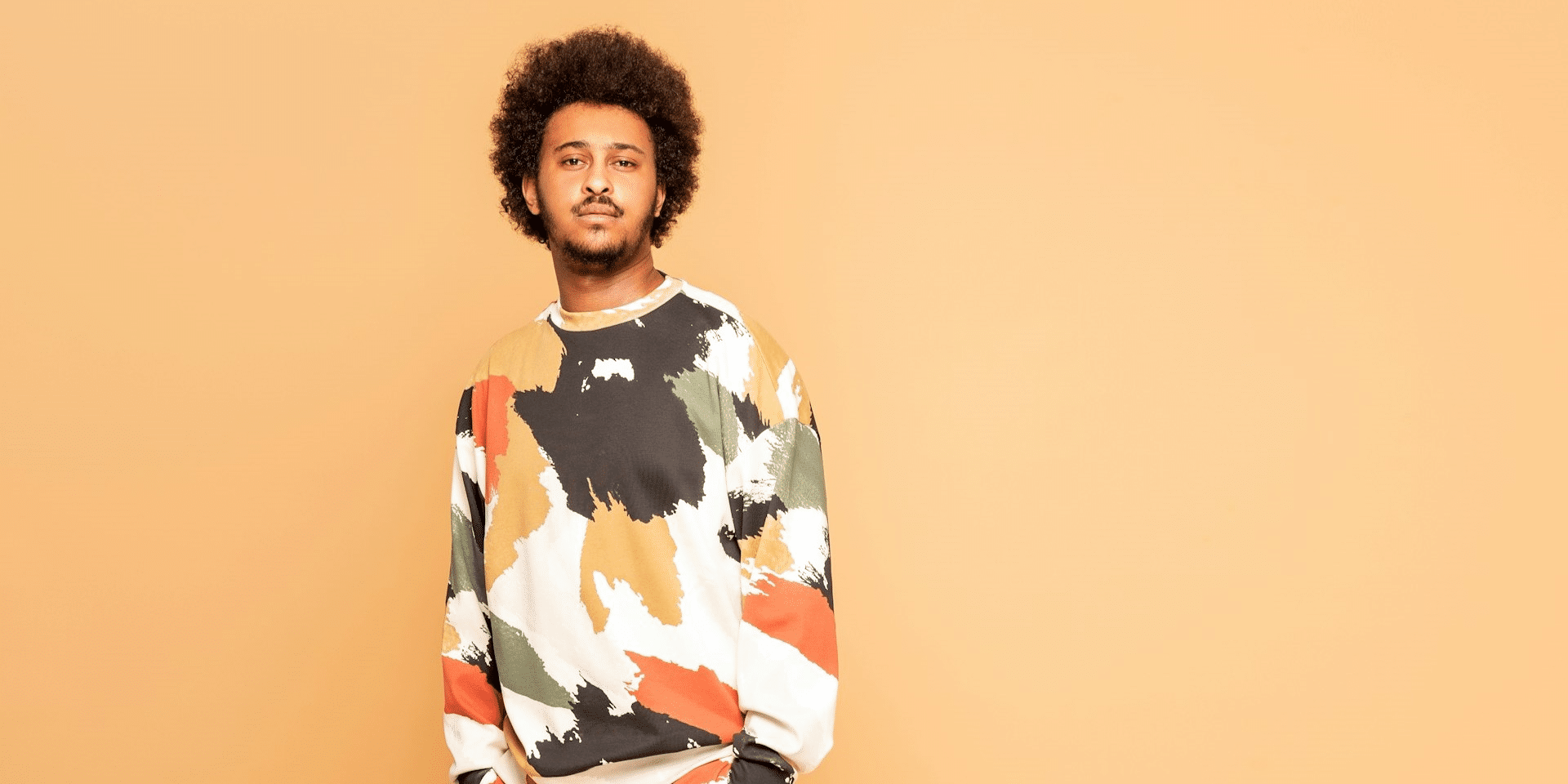We’ve all seen those photos. The ones that burst with color, where every detail pops off the screen, and the vibrancy is almost overwhelming. There’s a definite place for that kind of high-impact photography, but what about when you crave a different mood? Enter the world of lowered contrast and saturation, a photography style that embraces subtlety and whispers rather than shouts.
This isn’t about your photos suddenly looking dull or lifeless. Quite the opposite! Lowered contrast and saturation can create a timeless, dreamlike quality that draws viewers in and invites them to linger. As photographer Sarah Jones puts it on her blog, “Faded tones can evoke a sense of nostalgia, calmness, or a more muted elegance.” Let’s explore why this approach might be the perfect fit for your next photographic project.
The Magic of Faded Hues and the Power of Subtlety
So, how does lowering contrast and saturation actually work? Imagine contrast as the difference between your photo’s brightest highlights and darkest shadows. High contrast creates a dramatic effect, while lowering it brings those extremes closer together, resulting in a softer, more muted look. Similarly, saturation refers to the intensity of color in your photo. Dialing it down creates a more faded, almost vintage aesthetic.
But the magic lies in how these elements work together. By lowering both contrast and saturation, you create a sense of harmony and balance in your photos. Think of it as a gentle whisper compared to a loud shout. The details are still there, but they’re presented in a more subtle, nuanced way.
This subtlety can be incredibly powerful. It allows the viewer to fill in the blanks, to use their imagination and engage more deeply with the image. A faded landscape photo might evoke a sense of nostalgia for a bygone era, while a portrait with lowered contrast can create a more intimate and introspective mood.
Beyond the Basics: Applying Faded Hues to Different Subjects
The beauty of lowered contrast and saturation is its versatility. It can be applied to a wide range of photographic subjects, each yielding unique and captivating results.
- Landscape Photography: Imagine a vast desert scene bathed in the soft light of dawn. By lowering the contrast and saturation, you can capture the tranquility of the moment, emphasizing the subtle variations in sand and sky. This approach can also be stunning for capturing the ethereal beauty of fog-shrouded mountains or the muted tones of a winter wonderland.
- Portraits: Lowered contrast and saturation can create a timeless elegance in portraits. It takes the focus away from harsh facial features and highlights the overall mood and expression of the subject. This creates a more introspective and dreamlike quality, perfect for capturing a particular emotion or personality.
- Street Photography: The bustling energy of street photography can be overwhelming. Lowering contrast and saturation can be a great way to tame the visual chaos, allowing the viewer to focus on the story within the frame. The muted tones can add a touch of mystery and intrigue, inviting the viewer to create their own narrative about the scene.
Remember, there are no hard and fast rules. Experiment with different levels of contrast and saturation to see what works best for your subject and the mood you want to create. Don’t be afraid to push the boundaries a little – sometimes the most captivating photos are the ones that break the mold.
So next time you’re out with your camera, consider embracing the power of faded hues. You might just discover a whole new world of photographic possibilities, one where subtlety reigns supreme and the beauty lies in the whispered details.







